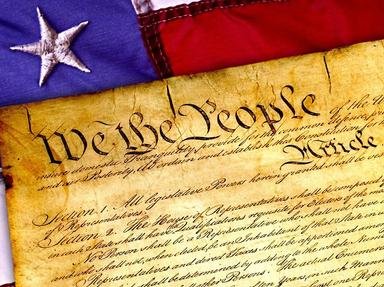Quiz Answer Key and Fun Facts
1. Why is there a monument of a boot in Saratoga, New York?
2. There is a British Soldier interred in Lexington, Massachusetts.
3. July 4th is celebrated as "America's Birthday" and it is the date printed on the top of the document. Why is August 2, 1776, notable in American History?
4. George Washington ordered the entire army to be exposed/inoculated with smallpox.
5. Deborah Sampson is remarkable for what Revolutionary War accomplishment?
6. Which three men are remembered as having ridden to Lexington and Concord?
7. Joseph Warren is a little remembered hero of the War. He was instrumental in organizing riders to warn Lexington and Concord of the British approach in April, 1775, sneaking out of Boston to join the battle there later that day. He was killed in the battle of Bunker (Breed's) Hill, but his body was disfigured by a British soldier and buried as an unknown.
How was the body identified, 10 months later when it was exhumed, as belonging to Dr. Warren?
8. Who/What were the Immortal 400?
9. James Jay (brother of John Jay) invented something that was instrumental to intelligence gathering during the war. What was it?
10. Who is credited with recruiting Benedict Arnold to the British?
Source: Author
dgiacalone
This quiz was reviewed by FunTrivia editor
ponycargirl before going online.
Any errors found in FunTrivia content are routinely corrected through our feedback system.

